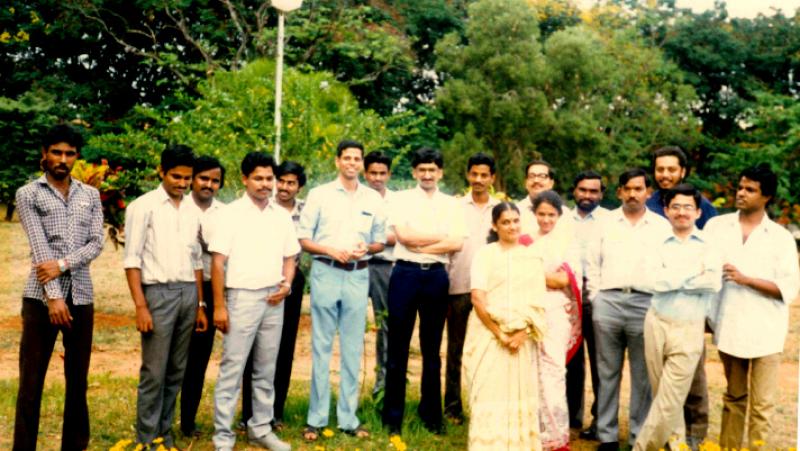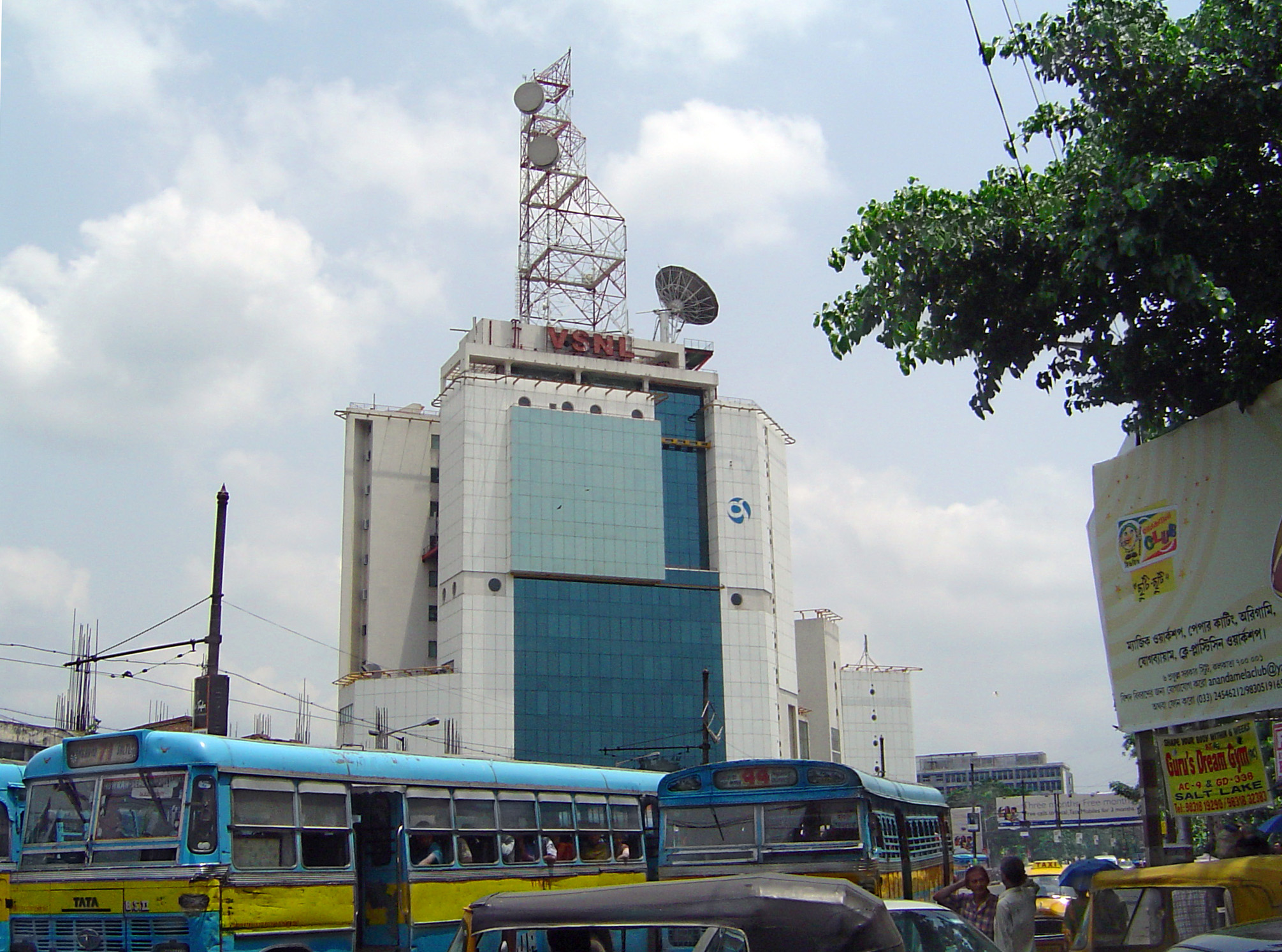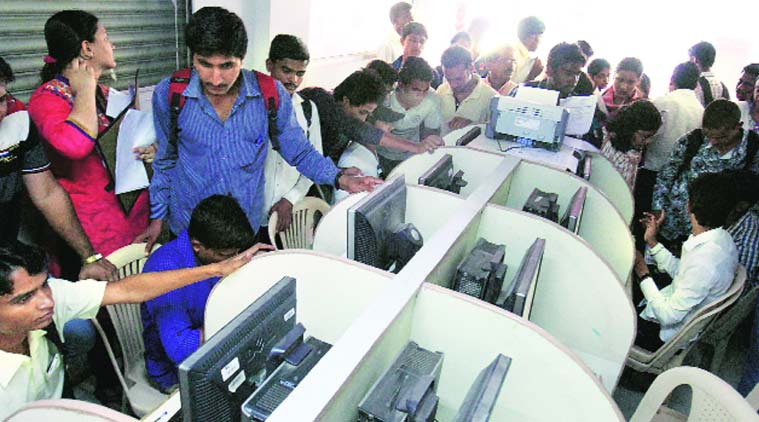Do you know How And When The Internet Came to India? Come Find Out
While the explosion of humour after Tripura CM's "internet in Mahabharata era" comment maybe well-warranted, few of us actually know the story of India first went online.

Social media went into an uproar after Tripura’s newly-elected CM Biplab Kumar Deb claimed that “internet and satellite communication had existed in the days of Mahabharata” while inaugurating a public distribution system-related workshop at Pragna Bhawan in Agartala. He also cited an example from the ancient epic to corroborate his claim but failed to find much support.
In fact, an amused Twitterati responded by offering their own versions of life in a tech-powered Mahabharata. While this explosion of humour maybe well-warranted, few of us actually know how and when the Internet came to India.
Here’s the story of the time India first went online!

While the global origins of Internet date back to the 1960s, India first went online only in 1986 with the launch of the Educational Research Network (ERNET) — a joint undertaking of the Department of Electronics (DoE) and the United Nations Development Program (UNDP) that was partially funded by the Indian government.
Back then, the Internet was only meant for the use of educational and research communities. As such, ERNET’s purpose kept institutes around the country in touch with each other and helped them in research.
In its first avatar, eight premier institutes participated in ERNET’s inter-campus networking service. They were the DoE, Indian Institute of Science (IISc), National Centre for Software Technology, Bengaluru, and the five IITs (Delhi, Bombay, Kanpur, Kharagpur and Madras).
In the next step, IISc laid more than a kilometre of underground Ethernet cables and set up an email server — the first-of-its-kind for the country — to provide email access to its various departments and exchange emails with other universities.

All this happened under the guidance of Anurag Kumar, the ERNET project coordinator in 1988, and his team of talented researchers. Kumar had earlier worked at Bell Labs Inc. (a pioneer of networking research in the 1970s). This expertise in computer networking came handy when he returned to India to take up the enormous challenge of setting up ERNET’s campus-wide network.
Regarding about this network, while the technology itself was a big breakthrough for India, it also played a pivotal role in training a generation of Indian individuals in data networking. More importantly, its lasting legacy is the cooperative culture it promoted among national institutions.
The coordinators at the eight institutions did not let hierarchy weigh them down, dealt with each other as collaborators and brought their respective strengths to the ERNET project. By 1992, ERNET had become the nation’s first internet service provider, with several universities using its networking service.
And only three years later, on 15 August 1995, the cyberspace was thrown open to Indian households with the launch of Videsh Sanchar Nigam Limited (VSNL; now TATA Communications Ltd).

VSNL helped the Indian public gain access to the Internet using a modem (a device that converted analog signals into digital ones, enabling computers to transmit data over telephone or cable lines). However, using it wasn’t an easy job initially. One had to repeatedly dial to connect to the main network and even then, there was no guarantee that one would get to surf the web without interruptions!
Interestingly, the people who helped make the Internet become a reality in India included a bunch of travelling Internet evangelists. The members of this group —that called itself the Internet Users Club of India (IUCI) — included people like Miheer Mafatlal, Vijay Mukhi, Kanakasabapathy Pandyan and late actor Shammi Kapoor!
Yes, you read that right. Widely recognised by the Internet community as the first Internet guru of India, Shammi Kapoor not only introduced millions of Indians to “Yahooooo” much before Yahoo!, he was also the chairman and founder of IUCI.
He and his fellow members would lug an Apple Macintosh Performa 5400 (along with a keyboard, mouse, modem and projector) from place to place, holding sessions in people’s homes and offices to show them the power of the Internet. The group also found a ready audience at the informal gatherings of the Bombay Computer Club.
“The British telecom gave us a line through VSNL, even though VSNL was not available at that time (1994). That was an eye-opener…something completely new. And by the time Internet came to India, we were already first-marchers…already sab kuch dekh liya tha,” the veteran actor later recalled in an interview.

Delighted by the awe and laughter of viewers, the members would revel in it before sharing their visions of a connected world. IUCI also offered honest feedback and constructive criticism to VSNL, helping it fine-tune its services. They even helped with positive messaging in the media at the time.
Other than the efforts of these tech evangelists, India was also fortunate that by the time VSNL provided internet access to the public, the World Wide Web had matured and web browsers (such as Mosaic and Netscape Navigator) had arrived.
What also proved to be a turning point was setting up a booth by software services lobby body Nasscom for VSNL in Mumbai to showcase what the Internet can do. A marketing masterpiece, it quickly became immensely popular with the public.
Two years later, Integrated Services Digital Network (ISDN) access was introduced in 1997, and by March 1998, the Internet subscriber base in India had risen rapidly to touch 90000. The rest, as they say, is history.

Today, Internet has become ubiquitous, at least in the major towns and cities in India. Citizens across India continue to increasingly access the Internet in their homes, in offices, in public Wi-Fi hotspots, in common service centres (CSCs) and in the 75,000-odd cybercafes that still exist in remote corners of the country. And with the smartphone revolution sweeping the country, cyber usage is bound to rise further.
(Edited By Vinayak Hegde)
Like this story? Or have something to share? Write to us: [email protected], or connect with us on Facebook and Twitter.
NEW: Click here to get positive news on WhatsApp!
If you found our stories insightful, informative, or even just enjoyable, we invite you to consider making a voluntary payment to support the work we do at The Better India. Your contribution helps us continue producing quality content that educates, inspires, and drives positive change.
Choose one of the payment options below for your contribution-
By paying for the stories you value, you directly contribute to sustaining our efforts focused on making a difference in the world. Together, let’s ensure that impactful stories continue to be told and shared, enriching lives and communities alike.
Thank you for your support. Here are some frequently asked questions you might find helpful to know why you are contributing?


This story made me
-
97
-
121
-
89
-
167











